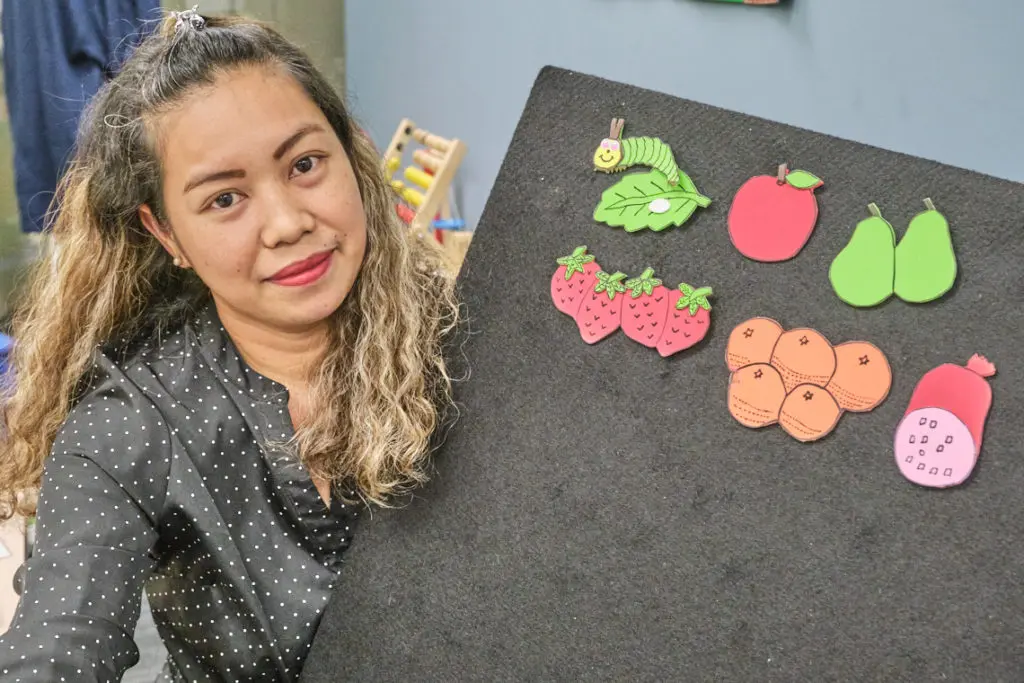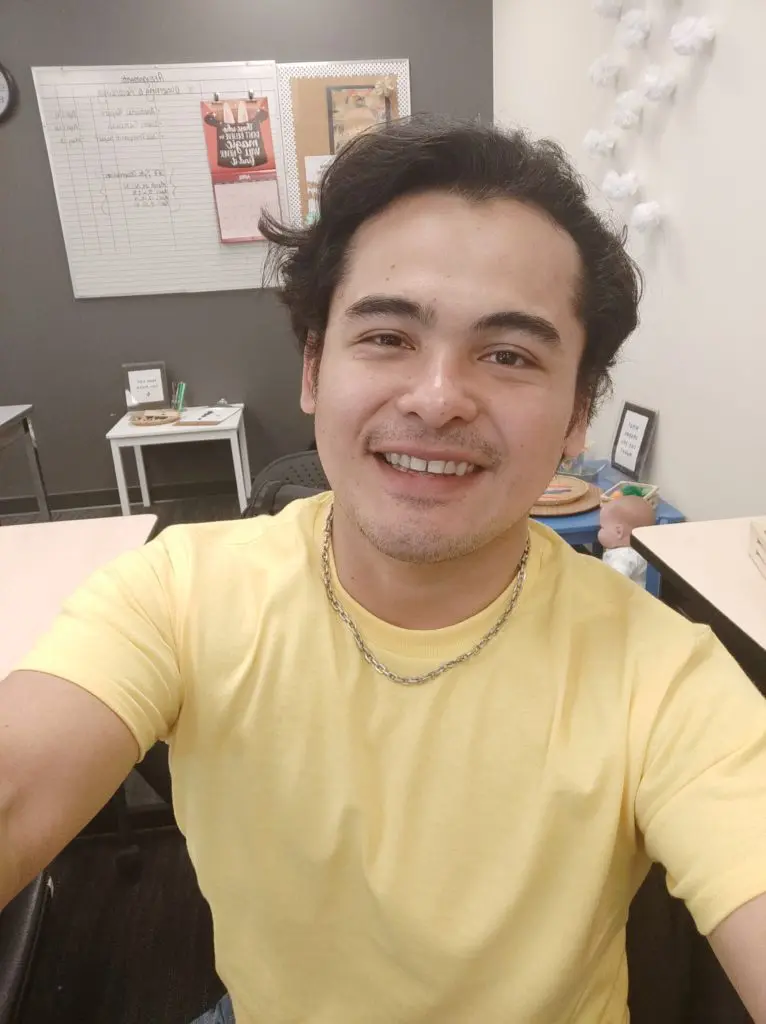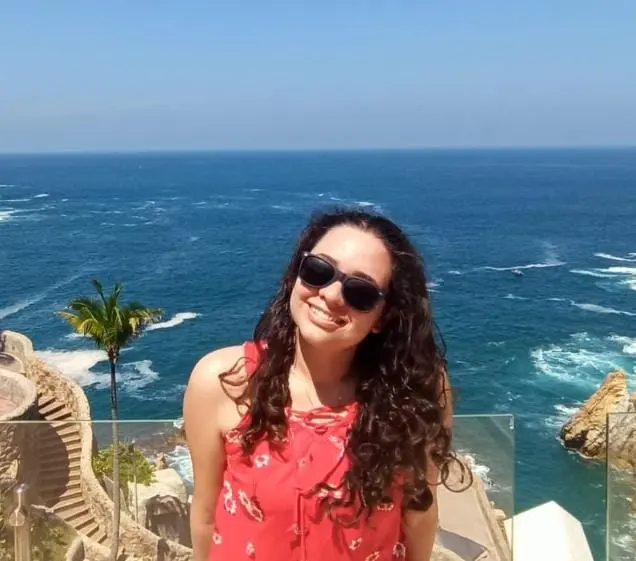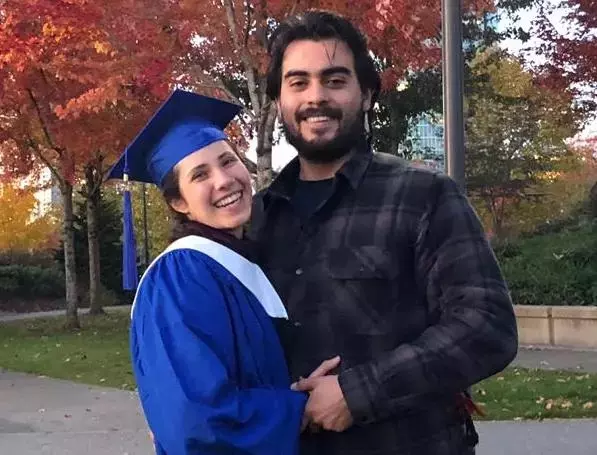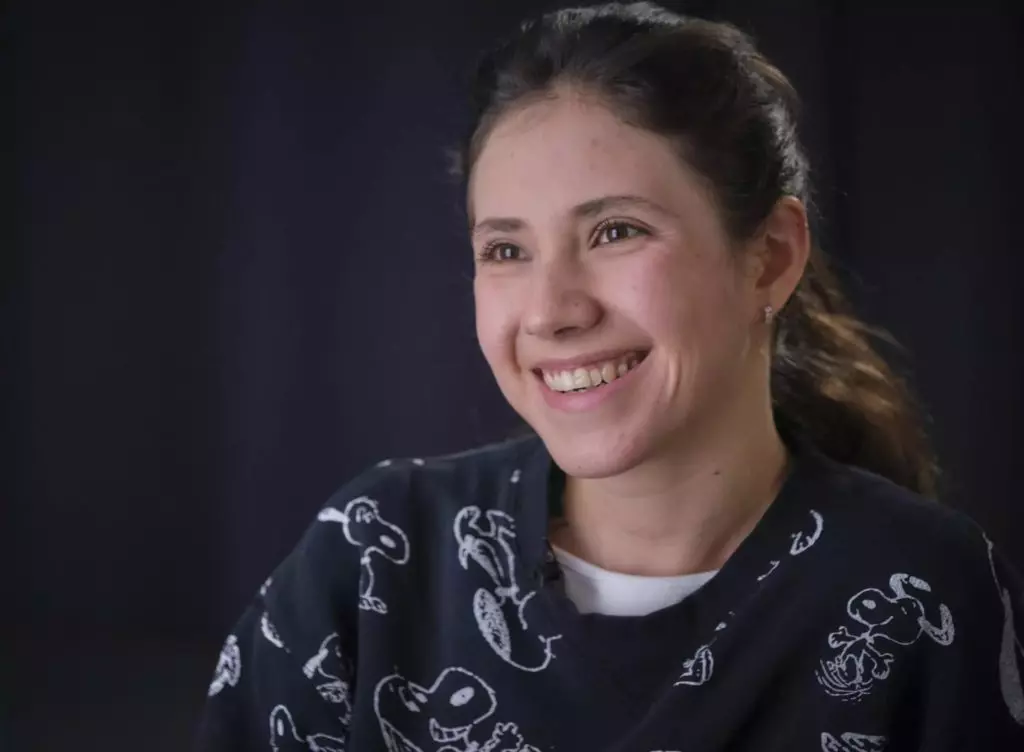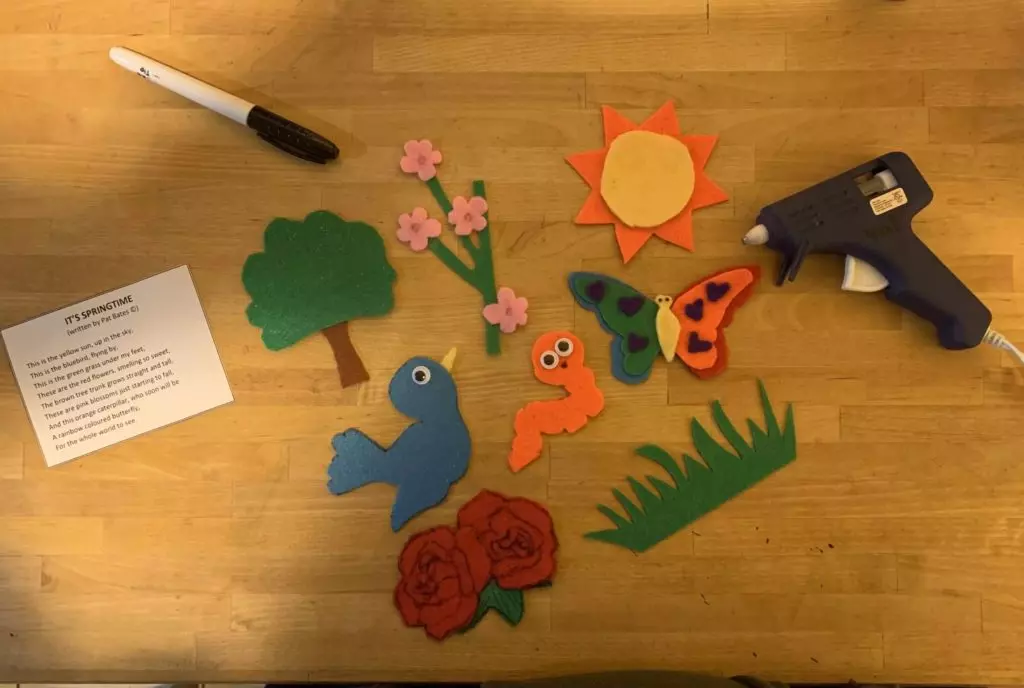After graduating from the Early Childhood Education (ECE) program at Stenberg College, I was a little unsure about what the next step in my career would be. Fortunately, I had signed up for Stenberg’s co-operative work experience program. This allowed me to gain real work experience right after graduation. Becoming an ECE was completely within reach for me.
Through the co-op, I began working at TreeHouse daycare in September 2020, reporting monthly to my co-op monitor who was previously my instructor, Pat Bates. Through this co-op, my learning experience continues even after completing the ECE program. I continue to learn and reflect on my role as I journal about my first experiences as a brand new Early Childhood Educator.
Returning to a familiar place
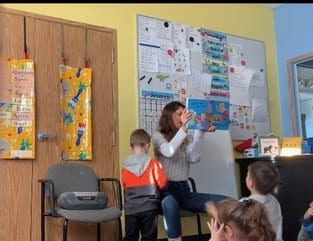
TreeHouse was not an entirely new environment for me because I had done some of my observations there during the ECE program. This made my transition from observer to teacher much easier. In addition to being familiar with the children and workspace, my coworkers and manager are incredibly kind, knowledgeable and supportive. They are open to teaching me and encourage me to share my knowledge from the program so they too can learn something new. I feel so comfortable and appreciated where I work.
Having the opportunity to work with ECEs who have years of experience in the field encourages me to ask questions without hesitation.
From practicum student to Early Childhood Educator
Even though practicum replicates and prepares you for the real job, there are some differences between being a full-time ECE and being a practicum student. The main difference I felt in my co-op position was the load of responsibility and confidence in my role. Whenever I am unsure about my decisions, I can ask my coworkers questions, but I also need to trust my instincts, education and knowledge. After all, I was well taught and prepared with the necessary skills throughout the program at Stenberg.
During my first shift, my manager asked me to be in charge of 3 main tasks:
- Set up “quiet carpet time.” This consists of Montessori focused activities that encourage children to develop their social, intellectual and emotional skills. We practice sharing, waiting their turn, solving problems, and expressing their feelings. Setting up “quiet carpet time” has been a new and exciting challenge for me. As per the requirements of my co-op, I reflect on the activities I plan every day, ensuring they focus on the developmental goals of the students.
- Organize the activity after lunch. This is typically a half-hour activity that replaces “nap time.” We practice mindfulness after lunch to help the children calm down and relax before continuing to play and learn. This is part of the quiet carpet time.
- Plan “circle time” on Mondays. Circle time usually includes a story, a finger play, a song, and a movement activity. These activities are meant to last up to 30 minutes. Even though we practiced doing circle time during the ECE program, it’s still exciting and a bit nerve-wracking to be teaching in front of the children.
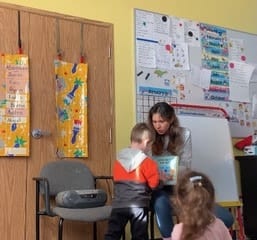
Teaching in a new country
Before coming to Canada, I worked as a teacher in Mexico. Even with my previous job history, this has been a completely new and different experience. I am now confident that I have the necessary tools to continue to succeed in my career. With the trust and help of my manager, coworkers, and co-op monitor, I have the opportunity to continue to learn and excel as an ECE in Canada.
Un paso mas cerca de convertirme en Educadora
Después de graduarme del programa de Educación Temprana (Early Childhood Education) de Stenberg College, estaba un poco insegura sobre cual seria mi siguiente paso. Afortunadamente, estaba inscrita en el programa cooperativo con experiencia laboral de Stenberg. Esto me permitió obtener experiencia de trabajo real justo después de la graduación.
A través del co-op, empecé a trabajar en la guardería “TreeHouse” en Septiembre 2020, reportándome de manera mensual con mi monitora quien ya había sido mi profesora, Pat Bates. Por este programa, mi aprendizaje continua incluso después del programa de Educación Temprana. Continuo aprendiendo y reflexionando sobre mi rol mientras sigo anotando mis primeras experiencias como nueva Educadora.
Regresando a un lugar familiar

TreeHouse no era un ambiente completamente nuevo para mi ya que hice algunas observaciones aquí durante el programa. Esto hizo que mi transición de observadora a educadora fuera mucho más fácil. Además de ya estar familiarizada con algunos niños y el espacio, mis compañeras de trabajo y directora son increíblemente amables, sabias y me brindan apoyo constantemente. Están abiertas a enseñarme y me incitan a que comparta con ellas mi conocimiento del programa para continuar aprendiendo siempre. Me siento muy cómoda y apreciada en mi trabajo.
El trabajar con personas que han estado en este campo durante tanto tiempo y con tanta experiencia me empuja a hacer preguntas sin dudar de mi.
De practicante a educadora
Aunque las prácticas te preparan para el trabajo real, si hay algunas diferencias entre ser una educadora de tiempo completo y una practicante. La mayor diferencia que yo sentí fue la carga de responsabilidad y confianza en mi papel. Cuando me siento insegura sobre mis decisiones, puedo preguntarle a mis compañeras. Pero también necesito confiar en mis instintos, educación y conocimiento. Después de todo, recibí una buena educación y estoy preparada con las habilidades necesarias gracias al programa de Stenberg.
Durante mi turno, mi directora me pidió que estuviera a cargo de 3 tareas principales:
- Preparar “tiempo juego silencioso”. Esto consiste en actividades enfocadas en educación Montessori. Ayudan a los niños a desarrollar las habilidades sociales, intelectuales y emocionales. Practicamos compartir, esperar nuestro turno, resolver problemas, y expresar nuestros sentimientos. Prepara este “juego silencioso” a sido un nuevo y emocionante desafío. Debo reflexionar las actividades que le presento a los niños todos los días. Asegurándome de que se enfoquen en las metas de desarrollo de los niños.
- Organizar las actividades después del “lunch”. Esta actividad es parte del “juego silencioso”, Es aproximadamente de media hora y sustituye el tiempo de siesta. Es un tiempo que permite a los niños relajarse después de su hora de la comida.
- Planear “la hora del círculo” los lunes. La hora del círculo incluye, por lo general, una historia, un juego para contar, una canción y una actividad de movimiento. Estas actividades deben cubrir aproximadamente media hora. Aunque practicamos realizar círculos durante el programa de Educación Temprana, siempre es emocionante, y me pone un poco nerviosa estar frente a los niños.
Enseñando en un nuevo país.

Antes de venir a Canadá, trabajé como maestra en México. Incluso con mi experiencia previa, esta ha sido una experiencia nueva y diferente. Ahora estoy segura de que tengo las herramientas necesarias para continuar con éxito mi carrera. Con la confianza y ayuda que me otorgan mi directora, mis compañeras y mi monitora, tengo la oportunidad de continuar aprendiendo y mejorar como una Educadora en Canadá.

